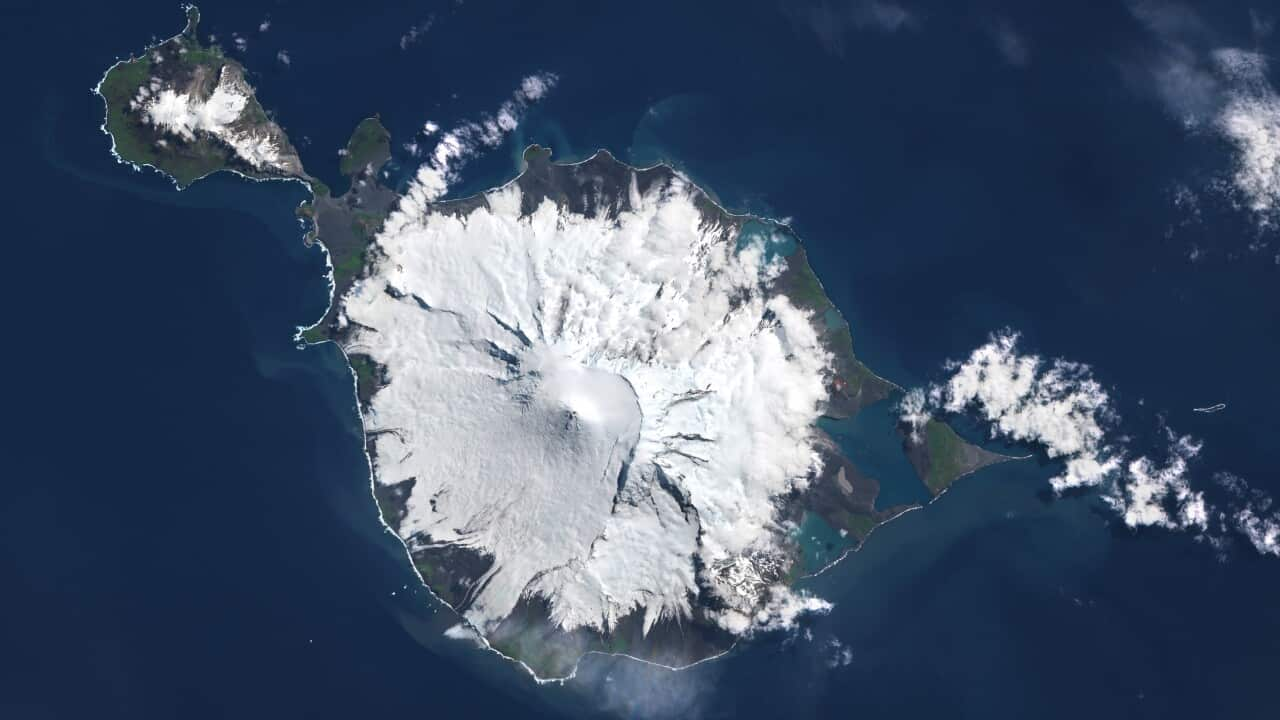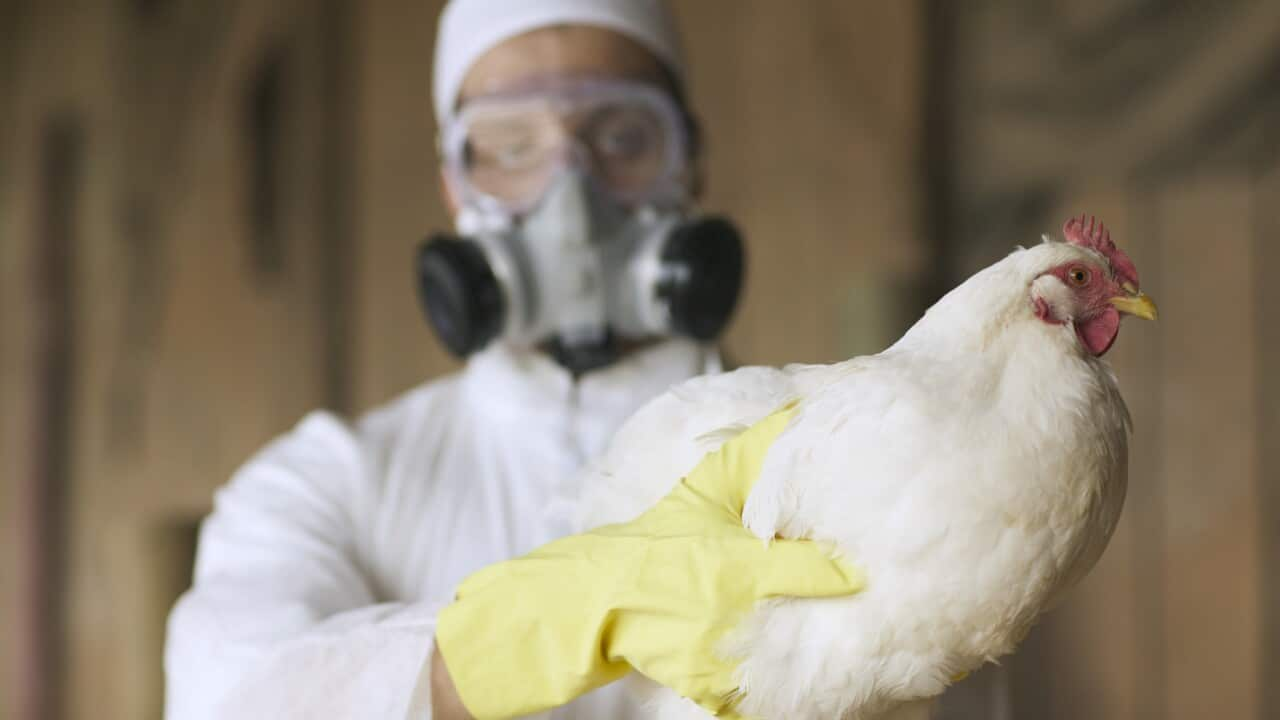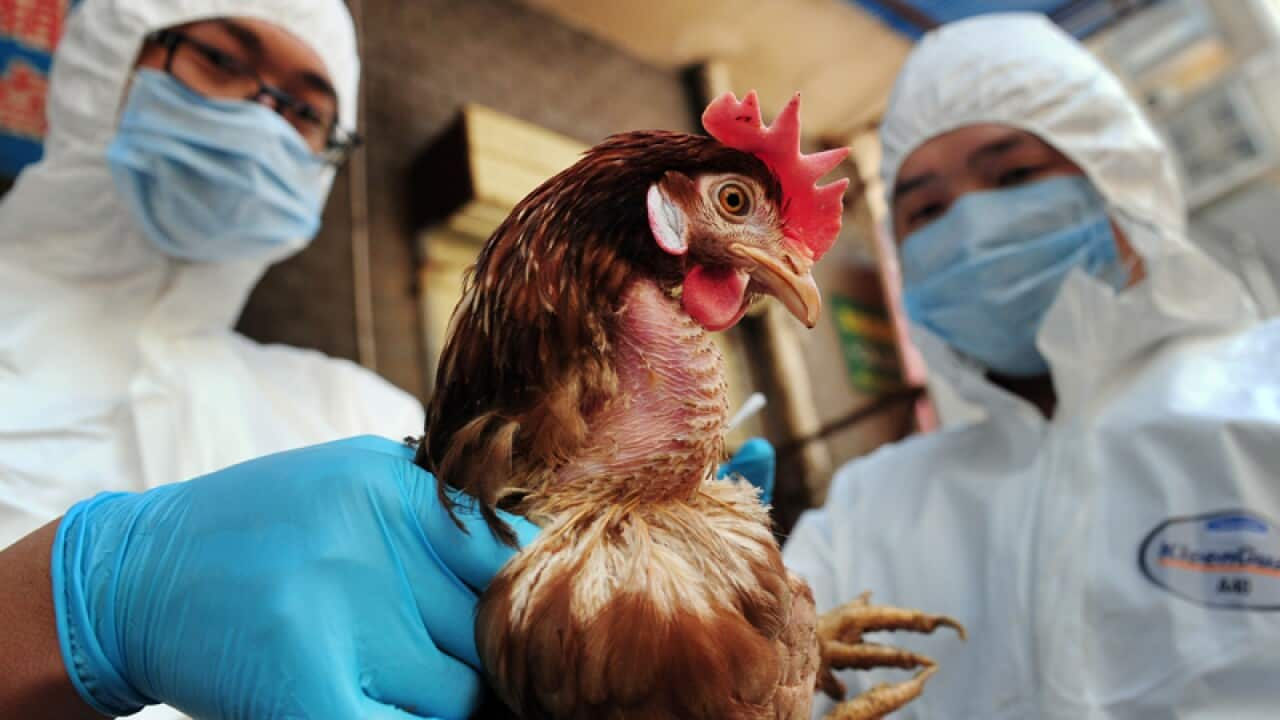Scientists have detected signs the deadly H5 bird flu strain may have reached one of Australia's sub-Antarctic islands, raising fears it could spread to Australia, with the agriculture minister saying the country is "as prepared as we can be" for a potential outbreak.
In recent days, scientists with the Australian Antarctic Program observed unusually high levels of mortality among elephant seals on Heard Island — part of the Heard Island and McDonald Islands, an Australian external territory — located more than 4,000km south-west of Perth in the Southern Ocean.
"Australian scientists have observed signs consistent with H5 avian influenza (bird flu) in wildlife during a management voyage to sub-Antarctic Heard Island," the Department of Agriculture, Fisheries and Forestry (DAFF) said in a statement on Friday.
"At this stage, it is not a confirmed detection. It reinforces the need for Australia to remain focused on preparing for an outbreak."
The scientists did not observe unusually high mortality among other species on the island, such as penguins and seabirds.
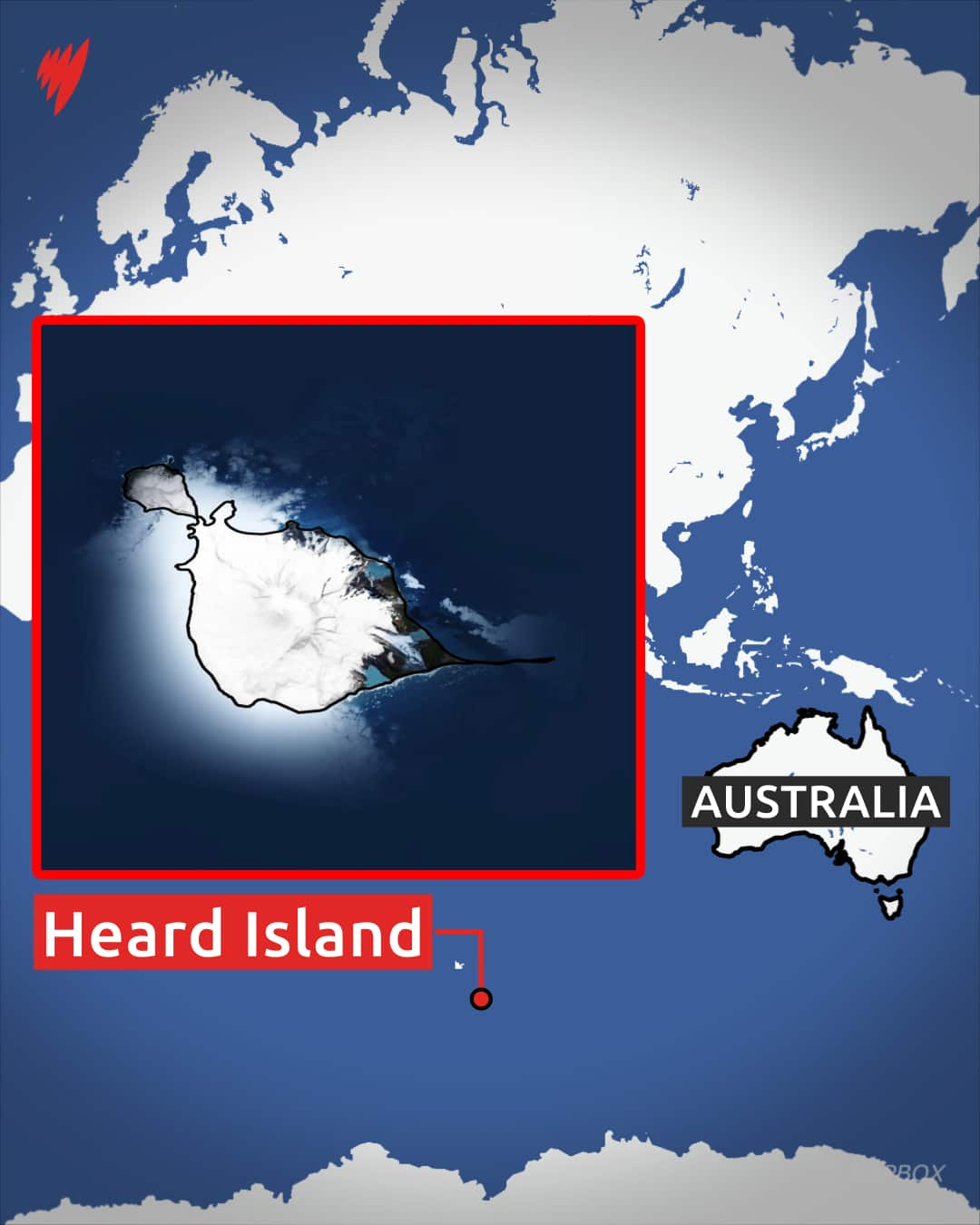
The Heard Island is located more than 4,000km south-west of Perth in the Southern Ocean. Source: SBS News
A confirmed detection would not "substantially increase the risk to Australia", DAFF noted.
Australia is the only continent that has not reported an outbreak of the highly contagious H5N1 strain, which was first discovered in 1996.
There have been increasing reports of outbreaks in recent years in both wild and domestic animals around the world, with millions of farmed and wild birds estimated to have died.

Scientists will bring back samples on the icebreaker RSV Nuyina in November for testing. Source: AAP / Australian Antarctic Division
The majority of mortalities were detected in elephant seal pups and in a small number of adults on the island's south-east coast, she said.
What does this mean for Australia?
Sanjaya Senanayake is a specialist in infectious diseases and an associate professor at the Australian National University's School of Medicine and Psychology.
"The possible presence of avian flu on Heard Island just reflects that infections can spread quite easily over continents", he told SBS News.
The disease, if it has indeed reached the sub-Antarctic island, could spread to Australia via migratory birds, Senanayake said.
"Birds can fly anywhere — there's always the risk that this could happen, just as it has in the United States," he said. "It is a reminder that this can happen."
Cattle were added to the list of animals infected by the virus last year, with the virus spreading across farms in multiple US states.
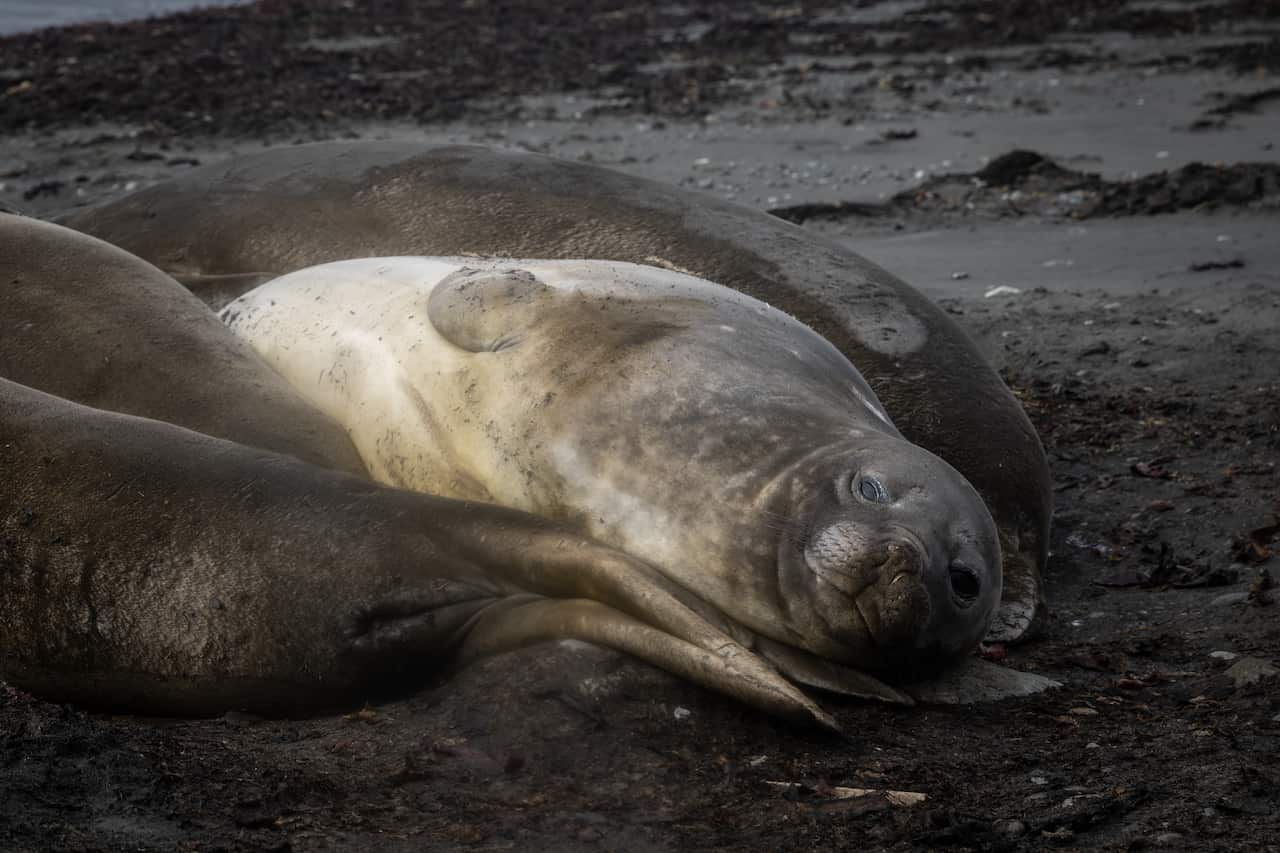
Scientists are concerned H5N1 has spread among elephant seals on Heard Island. Source: Getty / Anadolu
"If we have the slightest suspicion that bird populations or cattle populations in Australia are getting sick, we test them early, test them fast, and quarantine if it does turn out to be this," he said.
In a press conference on Friday, Agriculture Minister Julie Collins said Australia is "as prepared as we can be" for a potential outbreak, but reiterated that it's unconfirmed whether the disease is responsible for seal deaths on Heard Island.
She encouraged people to visit birdflu.gov.au and report any mass bird deaths, reminding people not to touch the animals.
Concerns for wildlife
Jane Younger, a senior lecturer in Southern Ocean vertebrate ecology at the Institute for Marine and Antarctic Studies at the University of Tasmania, said a potential outbreak on Heard Island could be devastating for wildlife in both the local ecosystem and in Australia.
"We've seen the virus spread across the Southern Ocean very rapidly over the last six months or so," she told SBS News.
"From Heard Island, potential next stops would be Macquarie Island, which is an Australian sub-Antarctic island, and then potentially Australia itself."
She noted scientists had observed "really large-scale mortality" among pinniped species, which include seals and sea lions.
"We have Australian fur seals and sub-Antarctic fur seals that live in Australia that could both be quite badly affected," Younger said, noting that in some parts of the world, seal pups have experienced up to 90 per cent mortality from the virus during breeding seasons.
"We'd also probably expect to see impacts in some of the seabird populations," she said.
Australia's agricultural industry has been bracing for an outbreak, with the government investing more than $100 million into preparedness and response capability.
For wildlife, Younger said: "The best we can do is surveillance."
"If it gets here, we will see [an] impact on wildlife, and there's very little that can be done about that," Younger said.
Collins said funding had been distributed to wildlife organisations to conduct more surveillance as part of the government's preparations.
What's the risk to humans?
While rare, the H5 bird flu strain can also be contracted by humans. Dozens of people, mostly farm workers, have been infected in the US since last year, resulting in one death.
The virus does not seem to easily infect humans or spread from person to person, according to the World Health Organization.
Senanayake said mutations to H5N1 have allowed it to jump to different species, such as cows, which was "unexpected".
"That's a big adaptation we have to be vigilant for," he said. "That's why we worry that avian influenza could be the next pandemic in humans."
Currently, it's not easy for humans to become infected, and when they do, it can be a mild sickness, he explained. However, he noted, the more infections that occur in general, the more opportunities there are for mutations.
"That's why it's really important, even if this is H5N1 on Heard Island, to examine the samples, not just to see if it is H5N1 but also to see if it has mutated as well, and what the implications of those mutations are for other animals and humans."
Share
